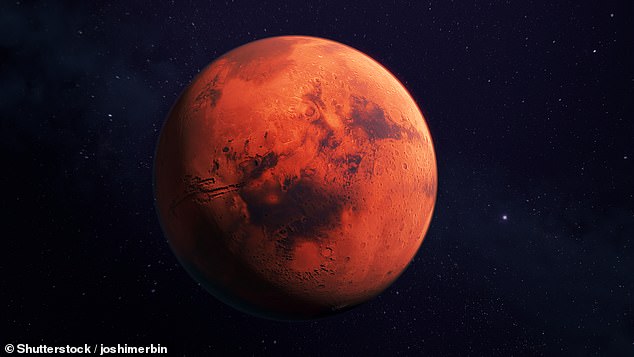NASA’s Mars rover has discovered significant evidence indicating that the Red Planet experienced multiple episodes of flowing water, which could have created conditions suitable for life. Researchers identified 20 minerals in Jezero Crater that illustrate the dynamic history of volcanic rocks transformed through interactions with liquid water. These findings suggest that Jezero hosted habitable environments on several occasions.
The study reveals three distinct periods of fluid activity: the first involved harsh, localized high-temperature acidic water; the second created more favorable medium neutral conditions; and the third established widely distributed low-temperature alkaline conditions considered very suitable for life. Eleanor Moreland, a graduate student at Rice University and lead researcher, emphasized that these volcanic rocks have interacted with liquid water multiple times, indicating potential habitability during various epochs in Mars’ history.
Jezero Crater, a 28-mile-wide region explored by NASA’s Perseverance rover since its landing in February 2021, shows signs of having once harbored an ancient lake and river delta. The analysis utilized advanced mineral identification methods and revealed several mineral groups indicative of the historical water activity. High-temperature acidic conditions formed minerals like greenalite and hisingerite, while moderate neutral conditions produced minerals like minnesotite, and low-temperature alkalinity led to the formation of sepiolite.
The research highlights the evolution of water conditions in Jezero, ultimately strengthening the case for the crater as a site that may have supported life. The findings also contribute valuable data for future sample collection efforts aimed at bringing Martian material back to Earth for further study.
Source link


